Bio-degradable cards
Every card imaginable!
|
Bio-degradable cards Every card imaginable! How to Register a Drone in the UKIt's really exciting to get a new drone, whether it's for capturing amazing photos and videos, just for fun, or even for professional use. But with that excitement often comes a little bit of confusion about the rules and regulations. We understand that navigating the world of drone registration can seem a bit daunting, and you might be wondering where to even begin. Don't worry, you're not alone in feeling this way. This comprehensive guide is here to walk you through every step of how to register a drone in the UK, making the process as clear and straightforward as possible. We'll cover everything you need to know, from understanding why registration is important to the exact steps you need to take, ensuring you can fly your drone legally and with confidence. Table of Contents 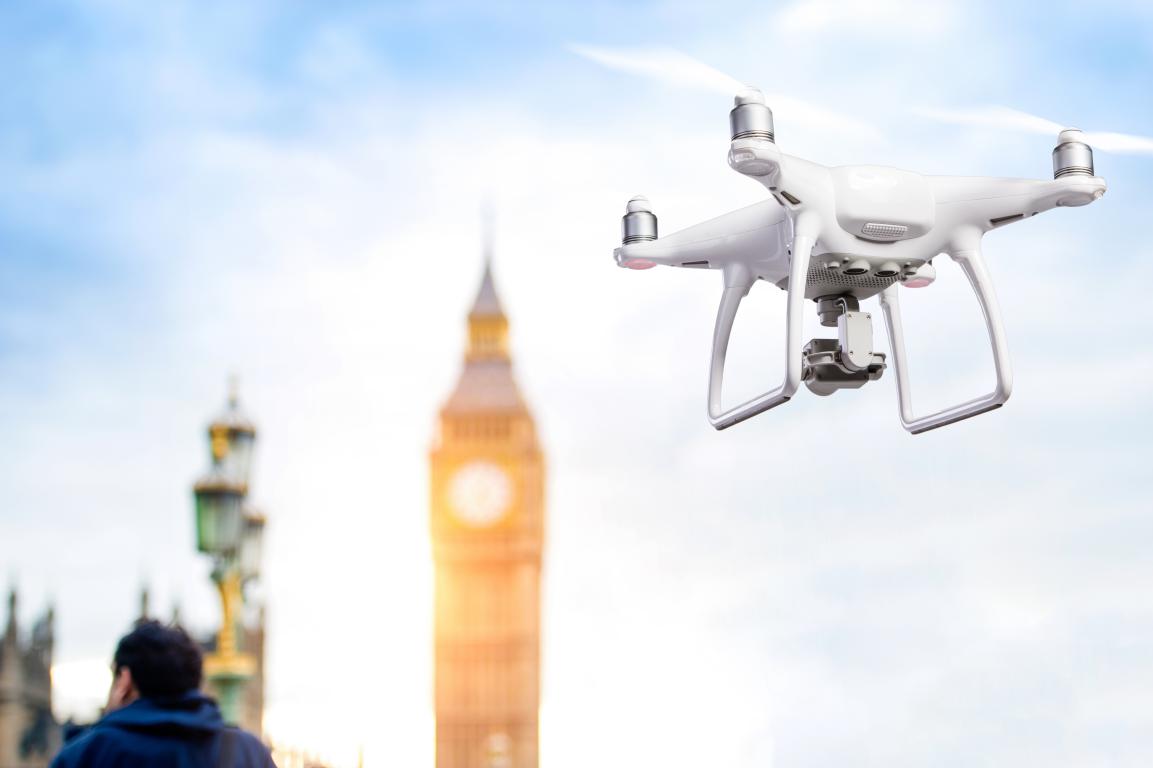
Who Needs to Register a Drone in the UK?It's a common question, and one that can sometimes cause a bit of head-scratching. You're probably thinking, "Do I really need to register my drone, or is this just for commercial pilots?" The answer really depends on what kind of drone you have and how you intend to use it. The good news is that the rules are designed to keep everyone safe and make the skies a friendlier place for both drone users and the general public. The Weight of Your Drone MattersOne of the first things to consider is the weight of your drone. This is a crucial factor in determining whether you need to register. Generally speaking, if your drone weighs 250 grams or more, you'll need to register. To give you some context, 250 grams is roughly the weight of a standard can of fizzy drink. So, if your drone is heavier than that, you're almost certainly going to need to register. This weight threshold also applies to any drone that has a camera, regardless of its weight. So, even if you have a very lightweight drone that's under 250 grams, but it's equipped with a camera, you will still need to register it. The reason for this is primarily privacy. Drones with cameras have the potential to capture images or videos of people and private property, and the registration helps ensure accountability. What Does "Flyer" and "Operator" Mean?When we talk about drone registration, you'll often hear two terms: "Flyer" and "Operator." It's important to understand the difference because you might need one, or both, depending on your situation. A "Flyer" is the person who actually flies the drone. If you're the one with the controls in your hands, you are the flyer. To be a flyer, you need to pass an online test and get a Flyer ID. This test makes sure you understand the basic rules and safety guidelines for flying drones. It's not a complicated test, but it covers important information to help you fly responsibly. An "Operator" is the person or organisation responsible for the drone. This means they are responsible for maintaining the drone, ensuring it's safe to fly, and making sure that any flyers using their drone have the necessary qualifications. If you own the drone and are also the one flying it, then you are both the operator and the flyer. If you own a drone and let someone else fly it, you're the operator, and they are the flyer. It's the operator who needs to register the drone itself and get an Operator ID. This ID is then affixed to the drone. So, to summarise:
Exceptions to the RuleAre there any drones that don't need to be registered? Yes, there are a few exceptions. Toys, for example, that are very lightweight and don't have a camera generally don't need to be registered. However, it's always best to check the manufacturer's specifications and the latest guidance from the Civil Aviation Authority (CAA) to be absolutely sure. A toy drone is typically one that is specifically marketed as a toy and does not have advanced features or a high-quality camera. If in doubt, it's always safer to assume you need to register. It's also worth noting that the rules apply to both recreational and commercial drone use. So, whether you're flying for fun or for your business, the same registration requirements generally apply. The CAA's main goal is to ensure safety in the air for everyone, and registration is a key part of that. Why Do We Have These Rules?You might be wondering why all these rules are in place. It might feel like a bit of a hurdle, but the regulations around drone registration are there for very good reasons. They're designed to:
So, while it might seem like an extra step, registering your drone is a commitment to flying responsibly and helps keep our skies safe for everyone. 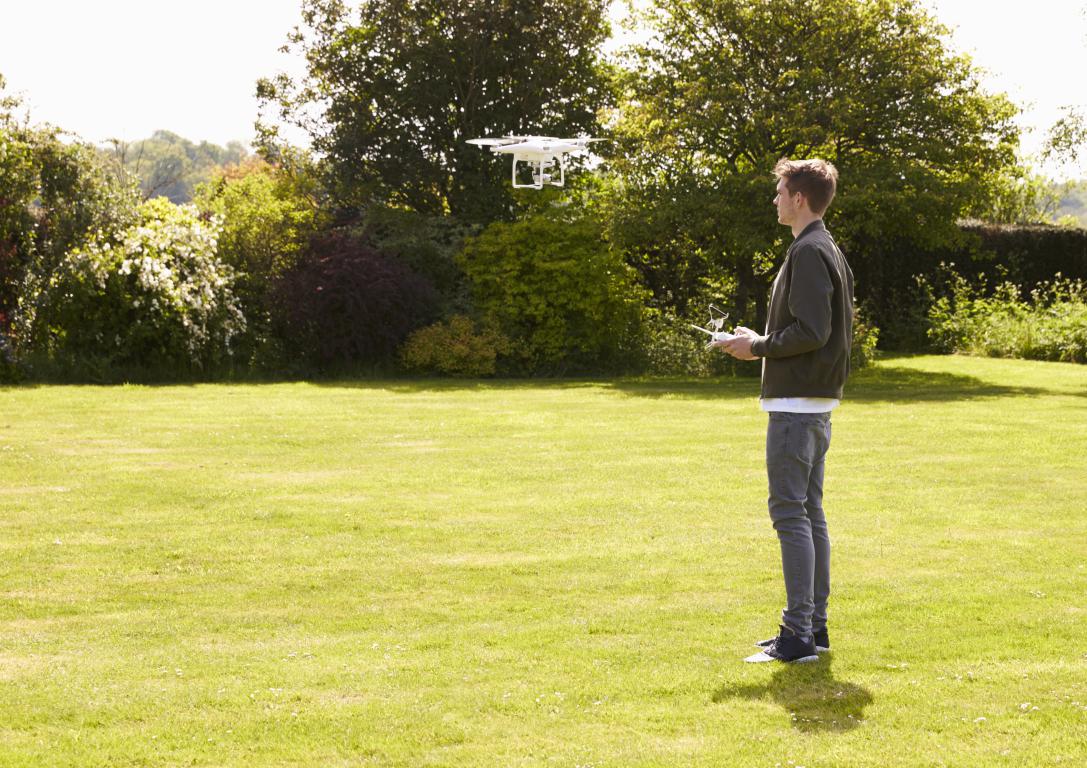
Understanding the Different Roles: Operator ID vs. Flyer IDWhen you're looking into drone registration, you'll quickly come across two distinct terms: "Operator ID" and "Flyer ID." It's really important to understand the difference between these two, as they serve different purposes and you might need one, or both, depending on your situation. We know it can feel a bit confusing at first, but let's break it down in a clear and simple way. What is an Operator ID?Think of the Operator ID as being linked to the drone itself, or rather, to the person or organisation responsible for the drone. If you own a drone that needs to be registered (which, as we discussed, is generally any drone weighing 250 grams or more, or any drone with a camera), then you, as the owner, need to get an Operator ID. Here's what being an operator means:
So, if you buy a drone that falls under these categories, your first step is usually to register as an operator to get your Operator ID. What is a Flyer ID?Now, let's talk about the Flyer ID. This is linked to the person who actually flies the drone. If you're the one holding the controller and actively piloting the drone, you need a Flyer ID. Here's what getting a Flyer ID involves:
Do I Need Both an Operator ID and a Flyer ID?This is a really common question! If you own a drone that needs to be registered (250g+ or with a camera) AND you are the person who will be flying it, then yes, you will need both an Operator ID and a Flyer ID.
If you own a drone that needs to be registered, but you only ever let other people fly it (for example, if you run a drone photography business and employ pilots), then you would need an Operator ID, and your pilots would each need their own Flyer ID. Conversely, if you don't own a drone but you regularly fly drones that belong to other people (and those drones need to be registered), then you would need a Flyer ID. The drone's owner would have the Operator ID for their drone. Why the Distinction?The distinction between Operator ID and Flyer ID is a really clever way the CAA ensures safety and accountability. It separates the responsibility of owning and maintaining a drone from the responsibility of actually flying it safely.
This layered approach helps create a more secure and responsible drone community in the UK, making sure that both the equipment and the pilot are up to standard. 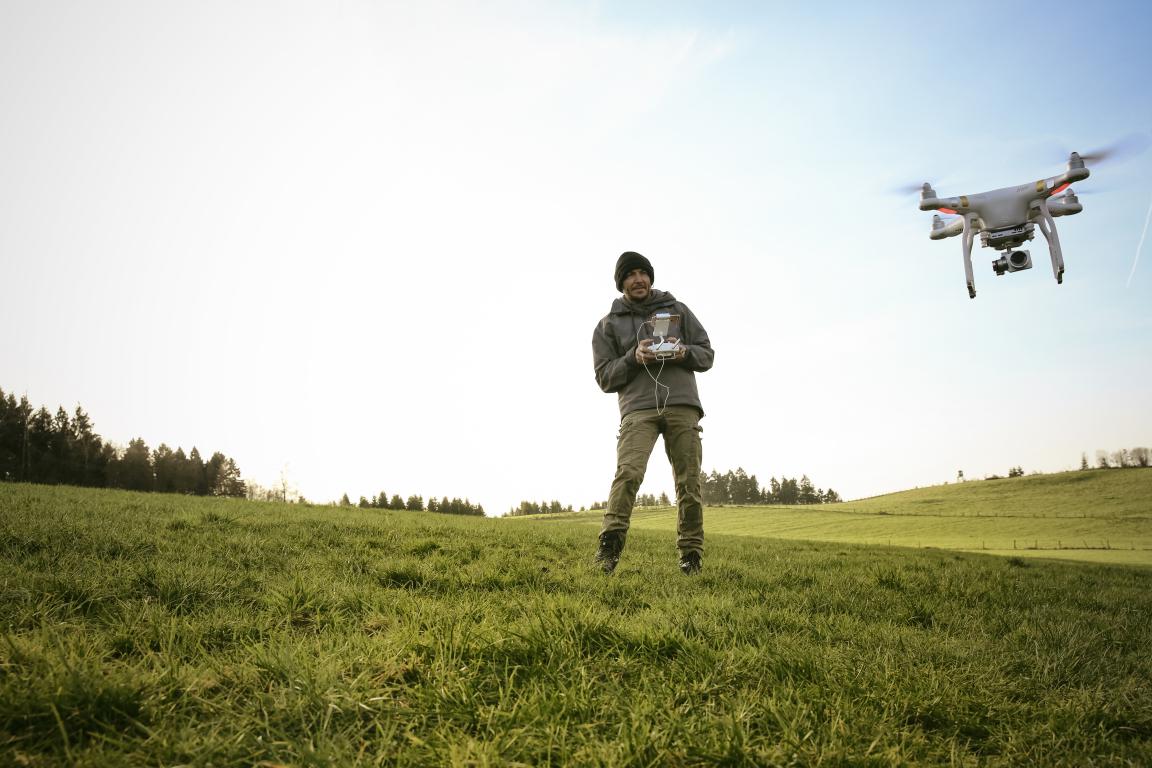
What Information Do You Need to Register Your Drone?Getting ready to register your drone can feel like preparing for an important form-filling session. You want to make sure you have everything at hand so the process goes smoothly and you don't have to stop halfway through to find something. We've all been there, searching for that one piece of information! The good news is that the requirements are quite straightforward, and once you have the necessary details gathered, the registration process on the Civil Aviation Authority (CAA) website is designed to be user-friendly. Let's break down exactly what you'll need to have ready before you start your application for an Operator ID and to take your Flyer ID test. For Your Operator ID (Registering the Person Responsible for the Drone)When you're applying for an Operator ID, you're essentially registering yourself as the person or entity responsible for the drone. This means the information required will mostly be about you.
For Your Flyer ID (Passing the Online Test to Fly a Drone)The Flyer ID is all about demonstrating your knowledge of drone safety and regulations. This means you won't need to provide as much personal detail during the test itself, but you'll still need to identify yourself to link the Flyer ID to your profile.
What You Don't NeedIt's equally helpful to know what information you generally don't need to provide when registering:
Preparing for a Smooth ProcessTo make the whole registration experience as smooth as possible, we recommend you:
By having these pieces of information organised beforehand, you'll find that registering your drone and getting your Flyer ID is a very straightforward and stress-free process. It's a small but important step towards enjoying your drone flying responsibly and legally in the UK. 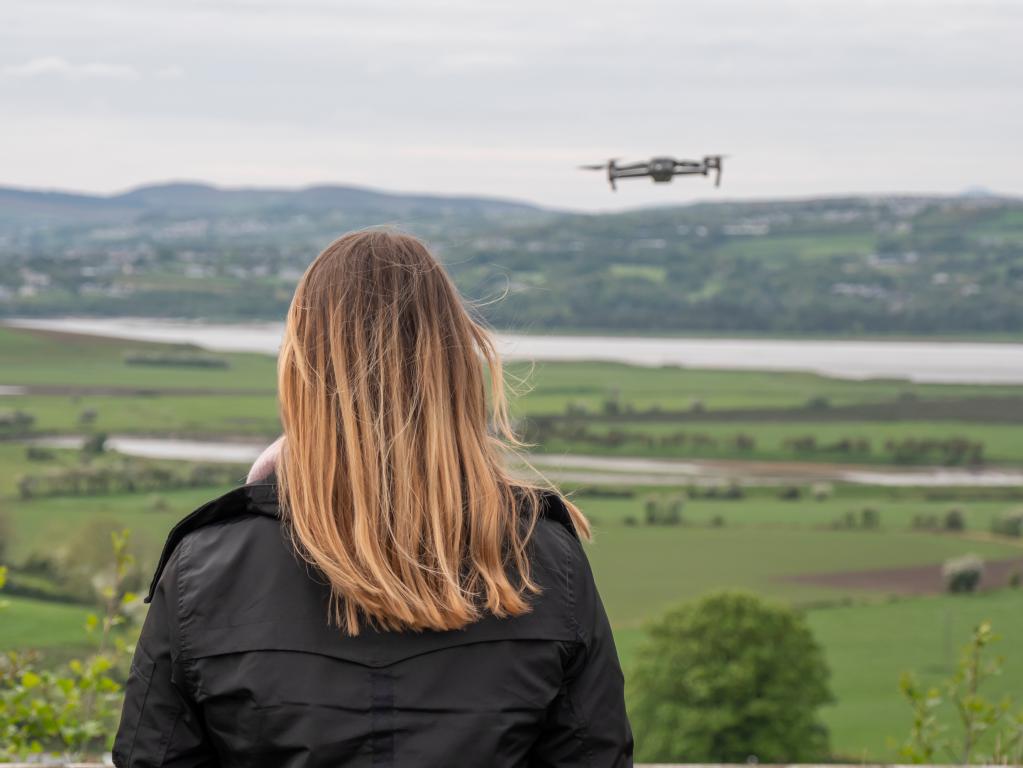
The Step-by-Step Process for Registering Your DroneNow that you understand why you need to register and what information you'll need, let's get into the practical steps of how to do it. The process is managed by the Civil Aviation Authority (CAA) through their dedicated online portal. It's designed to be user-friendly, but having a clear roadmap can make it even easier. We'll guide you through each stage, from creating an account to getting your IDs. Step 1: Head to the CAA's Registration WebsiteThe very first thing you need to do is go to the official CAA 'Drone and Model Aircraft Registration and Education Service' website. It's important to make sure you're on the correct, official site to avoid any scams or misinformation. You can usually find it by searching for "CAA drone registration UK" in your preferred search engine. Step 2: Create an AccountIf you haven't registered with the CAA before, you'll need to create a new account. This is where you'll input your basic personal details.
Step 3: Decide What You Need: Operator ID, Flyer ID, or BothOnce logged in, the system will guide you through the options. This is where you'll make the choice based on whether you need an Operator ID, a Flyer ID, or both.
Step 4: Applying for Your Operator ID (If Required)If you need an Operator ID, this is the next major step.
Step 5: Taking the Flyer ID Test (If Required)If you need to fly a drone that requires registration, you'll need to pass the online Flyer ID test.
Step 6: Confirmation and What's Next
The entire process, from creating an account to having both your Operator ID and Flyer ID, can often be completed within an hour if you have all your information ready and go through the test efficiently. It's a small investment of your time that ensures you can enjoy your drone flying without any worries about breaking the rules. 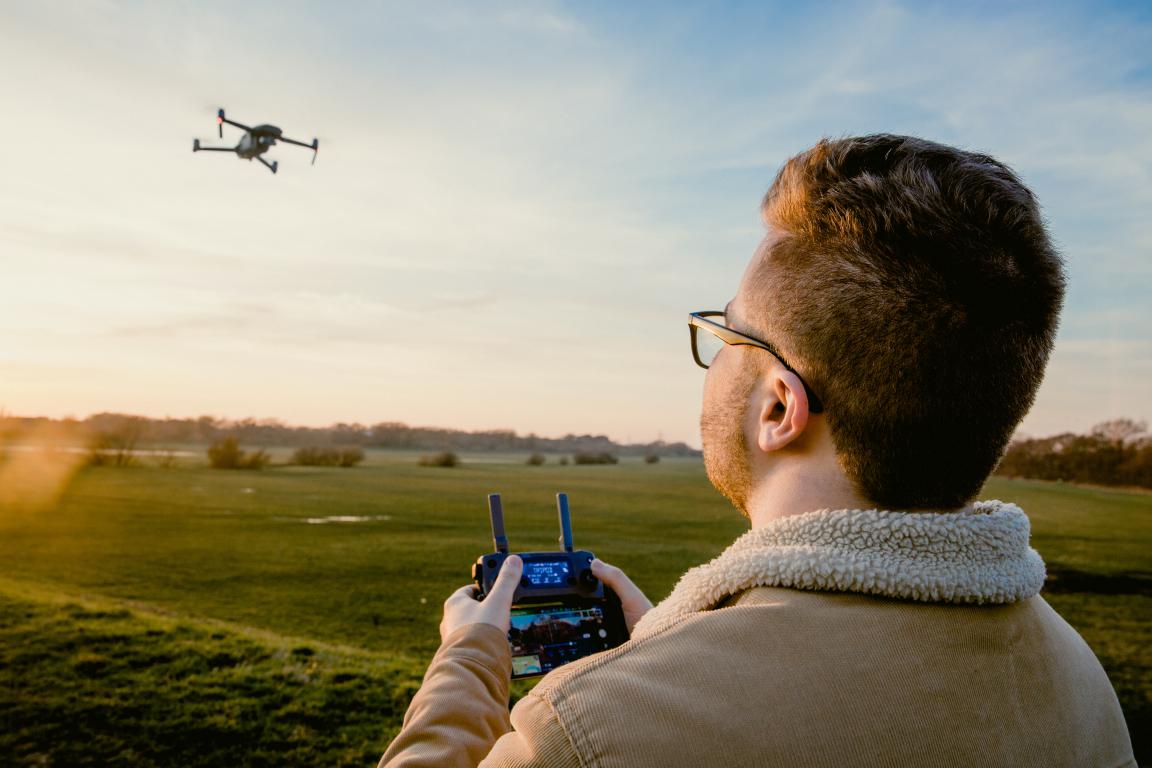
Keeping Your Drone Registration Up-to-DateOnce you've gone through the process of registering your drone and getting your Operator ID, and perhaps your Flyer ID too, you might think that's the end of it. However, it's really important to remember that certain aspects of your registration need to be kept current. Just like renewing your car's MOT or your driving licence, drone registration has ongoing requirements to ensure everyone remains compliant and safe. Missing these updates could mean your registration becomes invalid, potentially leading to issues if you're flying. Let's look at what you need to keep an eye on and how to manage it. Annual Renewal of Your Operator IDThis is perhaps the most crucial point to remember for ongoing compliance. Your Operator ID is not permanent. It needs to be renewed annually.
No Expiry for Your Flyer IDThis is good news! Once you have passed the online Flyer ID test and received your Flyer ID, it does not expire. You won't need to retake the test or renew this ID annually.
Updating Your Personal DetailsWhat if your circumstances change? It's really important to keep your personal details up-to-date on your CAA account.
How to update details: You can typically update your personal information by logging into your CAA Drone and Model Aircraft Registration account and going to your profile or account settings section. There, you should find options to edit your contact details. What Happens if You Don't Keep Things Up-to-Date?Ignoring these updates can lead to a few issues:
Keeping your drone registration up-to-date is a simple but vital part of being a responsible drone pilot. It ensures you're always flying legally, safely, and that you're well-informed about the rules that protect both you and others in the UK airspace. A few minutes each year to check your details and renew your Operator ID is a small price to pay for peace of mind and enjoyable drone flying. 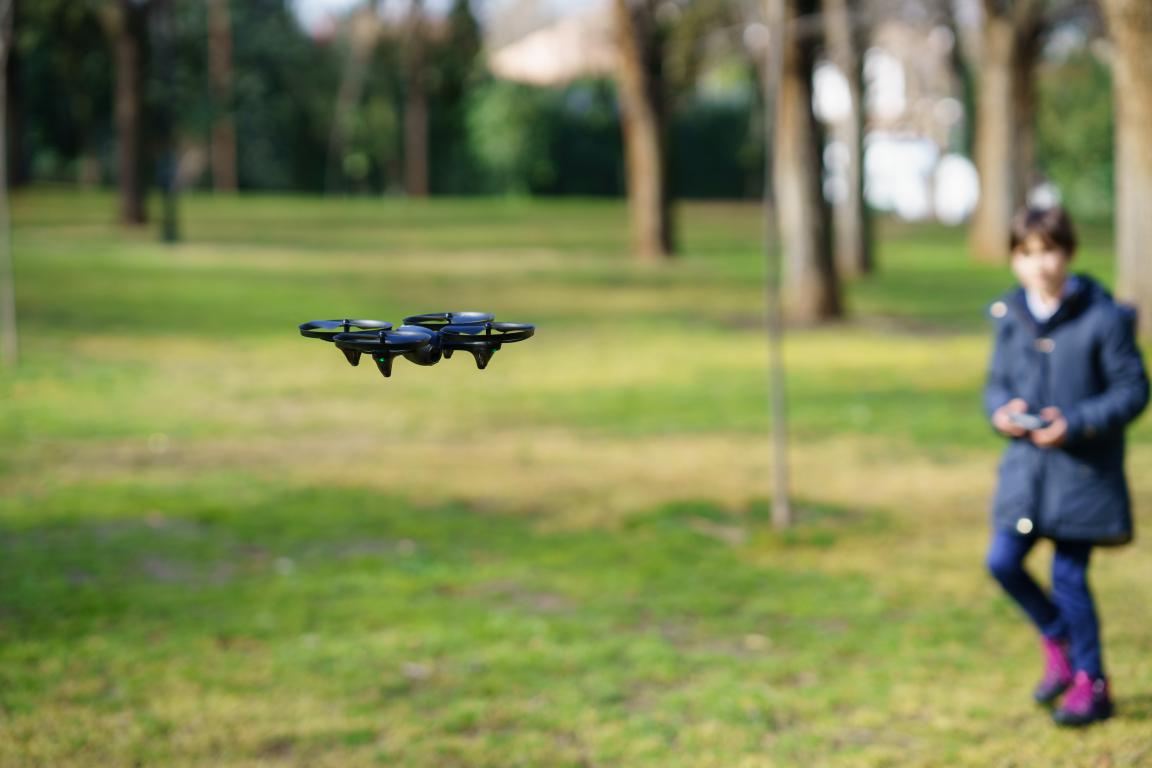
What Happens if You Don't Register Your Drone?It's tempting sometimes, especially with the excitement of a new drone, to just get straight to flying without thinking about the paperwork. You might wonder, "Is it really that big of a deal if I don't register?" We understand that feeling, but it's crucial to be aware of the serious implications if you choose not to register your drone, or if you let your registration lapse. The rules are in place for a good reason, primarily safety and accountability, and the authorities take them very seriously. Ignoring these regulations can lead to significant problems, from fines to more severe legal consequences. Let's explore what could happen if your drone isn't properly registered. It's Against the LawFirst and foremost, if your drone falls into the category requiring registration (250g or more, or any drone with a camera), flying it without a valid Operator ID (and a Flyer ID if you're the pilot) is illegal in the UK. The Civil Aviation Authority (CAA) sets these rules, and they are enforced by law. Fines and PenaltiesThe most immediate consequence of flying an unregistered drone is the potential for fines. The police and the CAA have the power to issue penalties for non-compliance.
These penalties are designed to be a deterrent and to ensure that drone users take their responsibilities seriously. Confiscation of Your DroneIn some situations, if you are found to be operating a drone illegally, particularly if it's unregistered, law enforcement has the power to confiscate your drone. This would mean losing your expensive equipment, and potentially not getting it back, or only getting it back after considerable legal proceedings and payment of fines. Imagine the frustration of having your new drone taken away, simply because a straightforward registration process wasn't completed. Criminal ProsecutionWhile it might seem extreme, in serious or repeated cases of non-compliance, or if your unregistered drone is involved in an incident, you could face criminal prosecution. This isn't just about a fine; it means going through the court system, potentially having a criminal record, and facing more severe penalties, including imprisonment in extreme circumstances (e.g., if the drone causes significant harm or interferes with critical infrastructure). Examples of scenarios that could escalate to criminal prosecution include:
Impact on InsuranceMost drone insurance policies (which, though not always mandatory, are highly recommended) require you to be operating legally. If you make a claim and it's found that you were flying an unregistered drone when you should have been registered, your insurance policy could be invalidated. This means you would be personally liable for any damages or injuries caused by your drone, which could be extremely costly. Loss of Public TrustBeyond the legal and financial penalties, operating a drone illegally contributes to a negative perception of drone users. Responsible drone flying relies on public trust. When regulations are flouted, it can lead to more restrictive rules for everyone and make it harder for the drone community to gain acceptance. By registering and complying, you're helping to build a positive image for drone enthusiasts. Why Risk It?Considering the potential fines, the risk of losing your drone, and the possibility of criminal charges, not registering your drone simply isn't worth the risk. The registration process itself is straightforward, relatively inexpensive (for the Operator ID), and takes a minimal amount of time. It provides peace of mind, ensures you're flying legally, and helps contribute to the overall safety of the UK's airspace. So, if you have a drone that requires registration, our advice is clear: complete the registration process before you take to the skies. It's the responsible, legal, and ultimately, the smartest way to enjoy your drone. 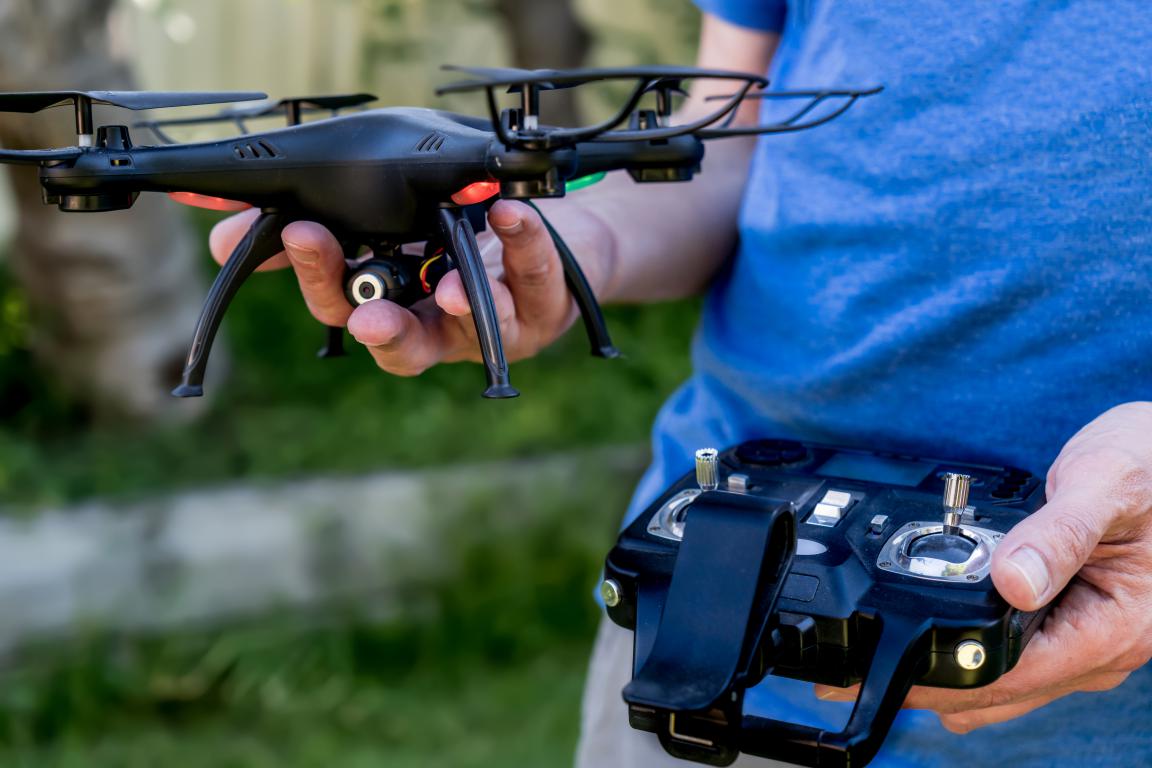
Connecting the Dots: Your Next Steps in Drone KnowledgeYou've made it! By now, you should have a really clear understanding of why drone registration is so important, who needs to register, the difference between an Operator ID and a Flyer ID, what information you need, and the simple steps to get yourself officially registered with the Civil Aviation Authority (CAA). We've also covered the crucial need to keep your registration up-to-date and the serious consequences of not complying with the rules. This guide has hopefully demystified a key aspect of responsible drone ownership and made the process feel much less daunting. But while registration is a vital first step, it's just one piece of the puzzle when it comes to safely and legally enjoying your drone in the UK. There's a whole world of practical flying knowledge, additional regulations, and best practices that can enhance your drone experience and keep you out of trouble. You're probably thinking about things like: "Where can I actually fly my drone?", "Do I need insurance?", or "What do all those A1/A2/A3 rules really mean?" To continue building your expertise and ensure you're fully equipped with all the knowledge you need, we've put together another comprehensive resource that directly answers these very questions and more. We invite you to explore our in-depth guide: Commonly Asked Questions About Flying a Drone in The UKThis guide picks up right where this registration guide leaves off, delving into the practicalities of flying, covering topics such as:
By moving onto this guide, you'll gain an even deeper understanding of the drone code, practical flying tips, and how to navigate common scenarios you might encounter as a drone pilot. We've designed it to be just as helpful and easy to understand as this guide, ensuring you have all the information you need in one place. So, once you've secured your Operator and Flyer IDs, make sure to read our "Commonly Asked Questions About Flying a Drone in The UK" guide. It's the perfect next step to becoming a truly confident, competent, and compliant drone pilot. Happy flying!
© 2024 The Card Project Uk Ltd
VAT: 453 2087 06
|